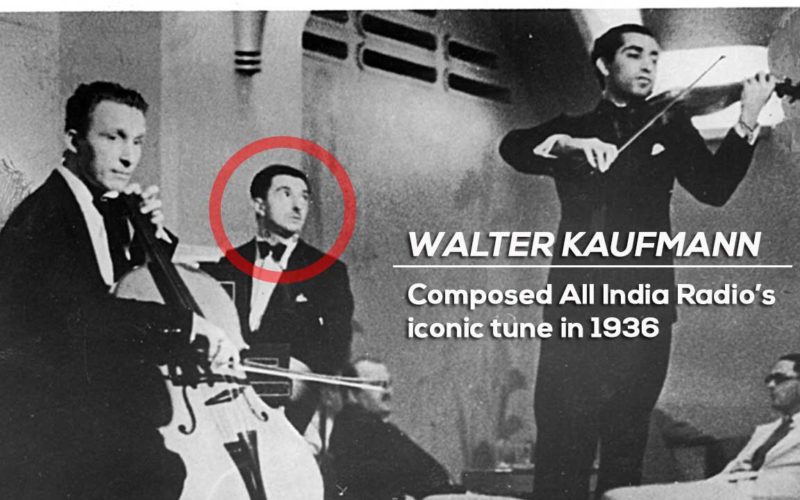Well, you must have heard about the ‘butterfly effect’. It is the phenomenon whereby a minute localized change in a complex system can have large effects elsewhere. In simple words, one event leads to another.
This is the story of how Hitler’s actions gave us our iconic jingle.
The All India Radio is the world’s largest multi-lingual public network
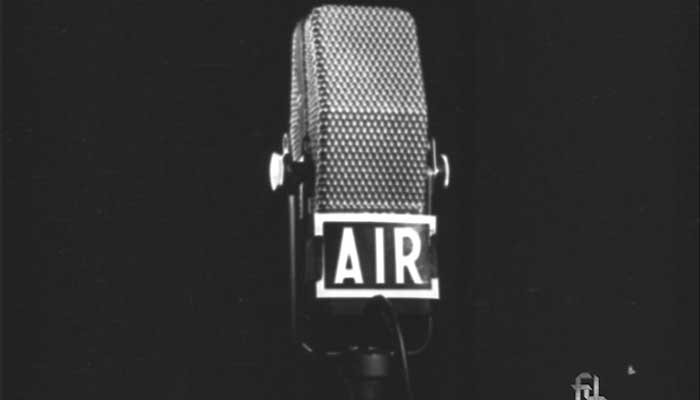
The All India Radio was formed 80 years ago on this very day. Today AIR reaches out to 99.18% of the population spread over about 91.85% of the area through 262 broadcasting Centers. The AIR as we know it today started broadcasting the programs by the Radio Club of Bombay in 1923.
One of India’s most recognized tune was not composed by an Indian. It was actually composed by a Jewish guy called Walter Kaufmann
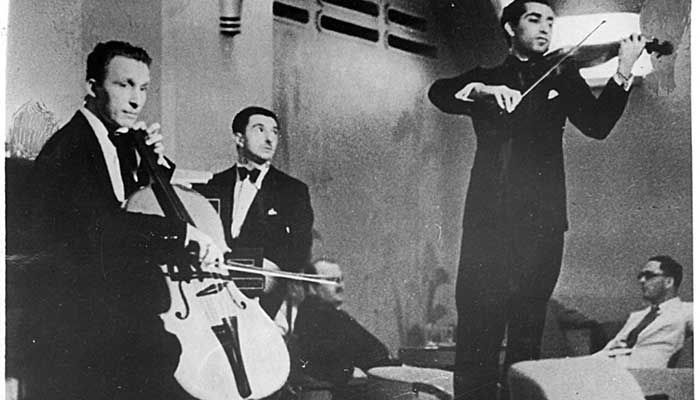
But, today more than the birth of the AIR, we are going to talk about the birth of the signature tune which became an inseparable part of the AIR. Anybody who has heard the radio, has heard the tune. Walter Kaufmann had left Prague after Hitler’s invasion, for India in 1934.
Kaufmann arrived in Bombay as a Jewish refugee. He founded the Bombay Chamber Music Society which marked the beginning of his music career in India

He was actually a Czech guy and was quite renowned in his field. But in the 1930’s as you all know Hilter started his genocide against the jews, which we today know as Holocaust. This made many jews flee from Europe for their lives and Kaufmann was one of them. Within a few months of landing in Mumbai, Kaufmann founded the Bombay Chamber Music Society. This society performed every Thursday at the Willingdon Gymkhana. People who were interested could also join the society.
The iconic tune was composed in the year 1936
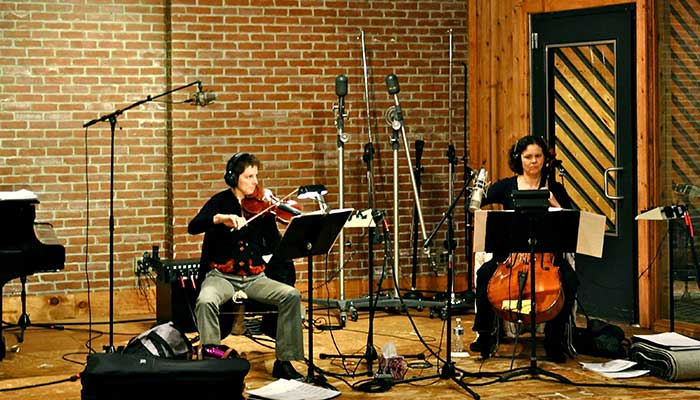
There is an interesting bit of history and controversy associated with AIR’s signature tune. Walter Kaufmann, was the director of music at AIR in then Bombay, and the violinist was Mehli Mehta, father of the composer Zubin Mehta. It is said that the instruments used to make the famous tune were violin, viola, cello, and tempura.
The AIR tune is said to be based on the Shivaranjini raga

Although a European composer, Kaufmann was a man who had a great knowledge of Indian classical music. Ironically, though his famous tune is based on an Indian raga, he initially did not like Indian music. But slowly and slowly he started to study it. His study was so intense that it resulted in several books like The Ragas of North India, The Ragas of South India : A Catalogue of Scalar Material and Musical Notations of the Orient: Notational Systems of Continental, East, South and Central Asia.
Kaufmann also directed Anasuya, which made its debut in 1939. It was described as “India’s first radio opera”

Kaufmann had a rich pedigree in music. He had a Ph.D. in Musicology from a German University. The reason why Kaufman came to India was because he could get a visa easily for this country. Interestingly, the famous jingle is not his only contribution to the AIR’s legacy. He has been involved with various radio dramas and operas.
The AIR has not given any official recognization or credit to Kaufmann for his iconic work
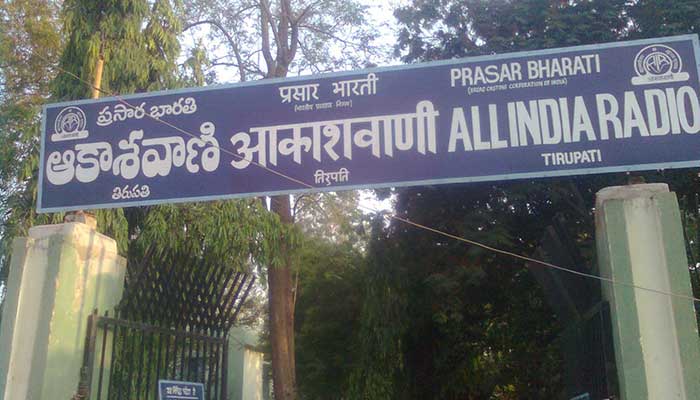
The AIR is yet to recognize Kaufmann for his iconic work. Though it has been generally accepted that composer of the famous jingle was Walter Kaufmann. Still there are some who believe that the signature tune for AIR (All India Radio) was composed and set to music by Thakur Balwant Singh.
Kaufmann’s stint at the AIR ended in the year 1946
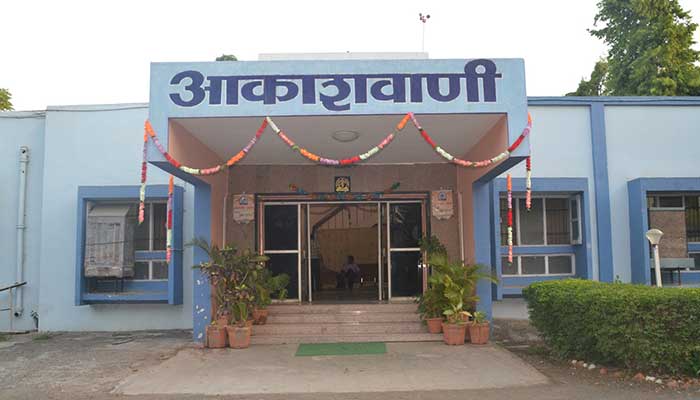
But in just 10 years of his service at the AIR, he gave us something that would make him and his work forever immortal in the pages of Indian history. Kaufmann immortal work marked the beginning of a typical Indian day before the television and the Internet took over.
Even today his iconic tune makes each and every Indian nostalgic.




